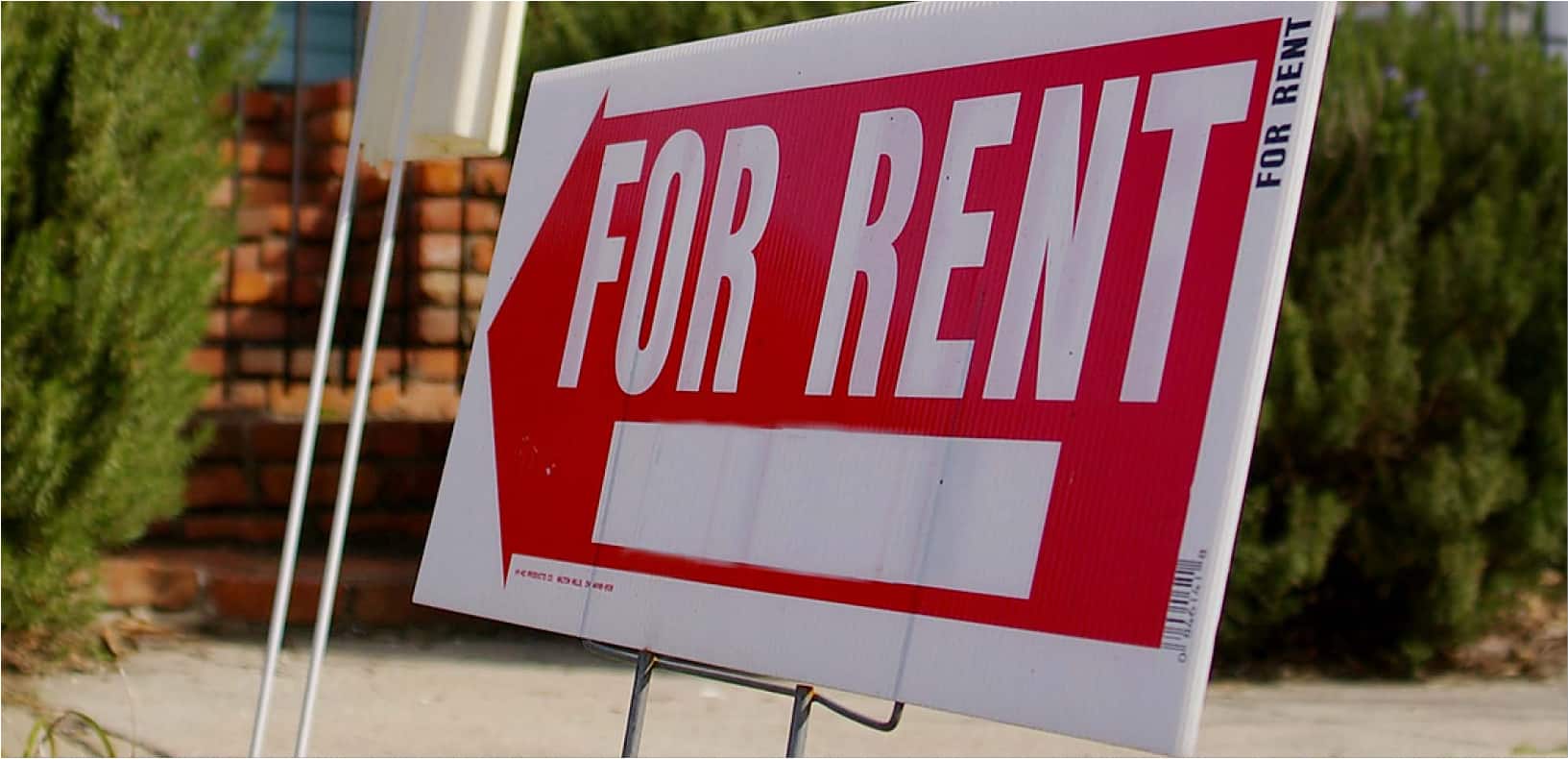Many of your buyer clients may have all of their financial ducks in a row when they meet with you for the first time. How can you also help those who struggle with a negative credit history or who simply can’t afford the home they want on their own? How about those who would love a second home but are priced out of their preferred market? There are alternative financing options for a variety of buyers that can make their real estate dreams a reality.
As a real estate agent, it’s your job to provide your clients with the options they need. At the same time, you need to be able to speak to the potential and pitfalls of these types of transactions.
Fractional ownership
Some buyers are unable to afford the home they want with only their own income and financial resources. That is giving rise to the rebirth of an old idea—fractional ownership of a real estate property. While you may think of this in terms of investment properties or the old-fashioned timeshare model, fractional ownership now applies to second and vacation homes as well.
For buyers interested in a second home, or owners with an underutilized secondary property, fractional ownership offers the opportunity to retain the privacy of ownership without paying the expenses for times when they are not in residence. Rather than a week or two at a vacation club, fractional ownership of a residential property allows the buyer to enjoy the full run of the property for weeks or months at a time, depending on their ownership share.
Companies like Pacaso help facilitate fractional ownership of second homes while allowing you to represent your buyer clients and earn the full commission. This is a great option for clients who:
- are interested in a market where their budget can’t get them what they truly want
- are on the fence about purchasing a second home since they may not use it enough
- want to test the waters of second home ownership prior to their standalone purchase
As a real estate agent, you’ll want to work with your buyers or sellers to fully outline the processes and procedures that can make this type of ownership structure work. This includes working with an attorney on financial and operational agreements as well as exit strategies should one or more of the owners decide to sell.
Co-ownership
For primary residences, co-ownership offers a way to purchase a home and build equity without the need to qualify for the entire mortgage alone. In this model, friends, family members, and roommates can find and purchase a home together, splitting the cost of the mortgage payment and expenses just as they would split the rent and utilities.
If you’re working with clients who are planning to co-own a primary residence, here are some things to keep in mind and share with them:
- The mortgage interest rate will be tied to all applicants’ financial records, so one roommate’s bad credit could adversely affect the loan terms. In this case, the buyers may want to hold off on a purchase until the lower credit score improves. Alternatively, the buyer with the lower score may choose to pay more of the monthly mortgage payment.
- Similarly, failure to pay on time can have detrimental effects on each buyer’s credit rating. It’s important that all owners go into the purchase with a solid plan for keeping up with monthly payments.
- It is essential for co-owners to put together a written agreement outlining the responsibilities of each buyer. This should outline how decisions will be made, how expenses will be split, and what will happen in the event of the death of one of the owners.
- Co-buyers should always have an exit strategy in case one of them wants to leave. How much notice is required? Will they sell the home or rent out their share? Will the other co-owners be able to buy them out at the purchase price or the stepped-up fair market value? This should be outlined in a written, signed, and notarized agreement.
While it can be difficult having these conversations up front, it’s far preferable to having them down the road under the pressure of imminent decision-making or strained relationships. By tackling logistics early, your buyer clients will set themselves up for a more successful ownership experience.
Rent-to-own
A rent-to-own agreement can be a great alternative financing option for buyers who are not yet ready to purchase a home or who do not have the ability to qualify for conventional financing. In a rent-to-own purchase, the agreement outlines a purchase price, the amount of rent applied to the down payment each month, and the amount of time before purchase is required. This gives an underqualified tenant time to put the financing together while offsetting carrying costs for the homeowner.
As an agent on either side of this scenario, it is important to ensure that specific terms are laid out so that both parties to the transaction know what is expected of them. Buyers need to know the policy regarding pets, late payments, lawn care, and any other items covered by a normal lease agreement. Landlords need to understand that they are still the owners of record and are therefore responsible for paying the mortgage if the renters decide to back out of the purchase.
Most of all, the contract needs to spell out what happens to the initial down payment and rental funds set aside if the buyer is evicted or fails to secure financing for the purchase of the property. In most cases, these funds become the property of the landlord, so renters should not enter into a rent-to-own agreement if they are in doubt about their intentions or ability to follow through with an eventual purchase.



















